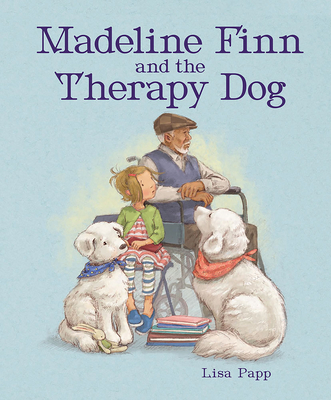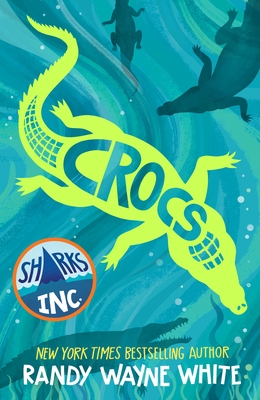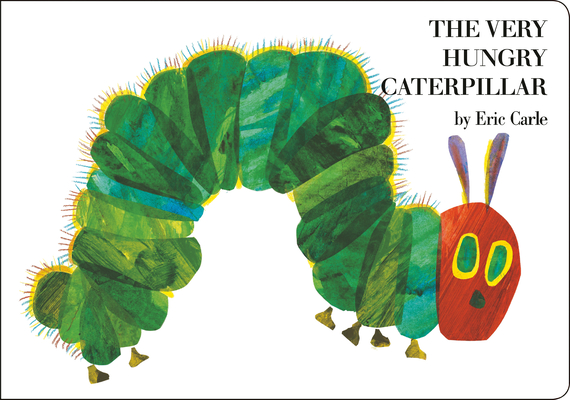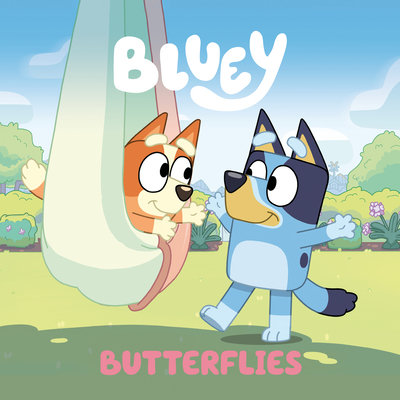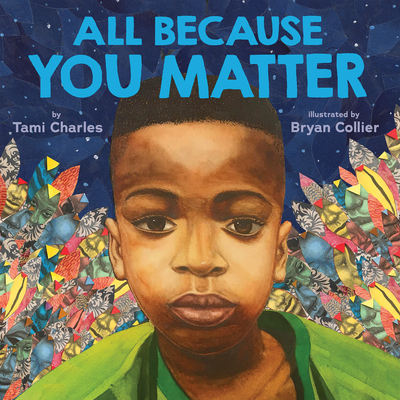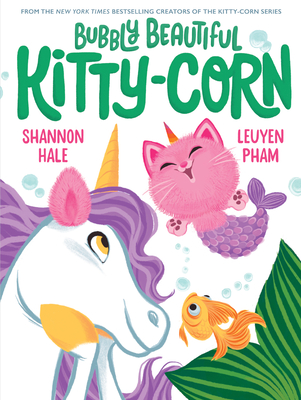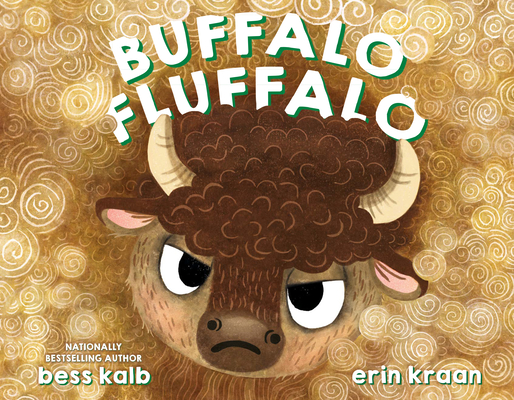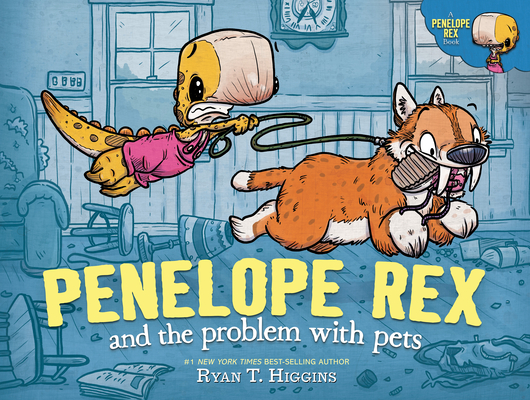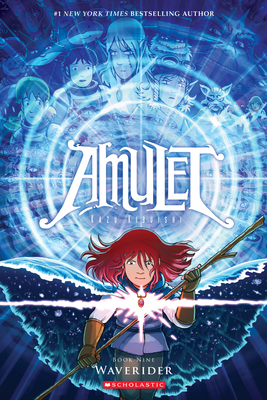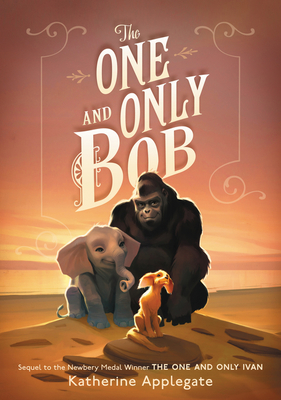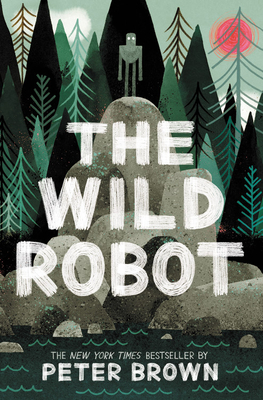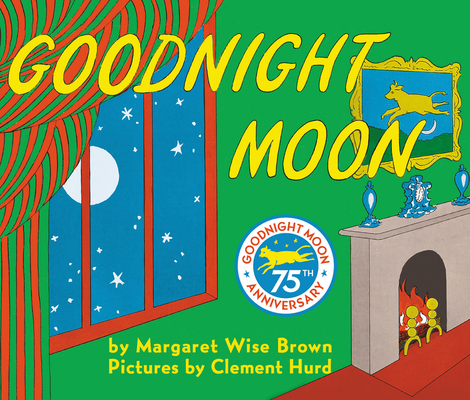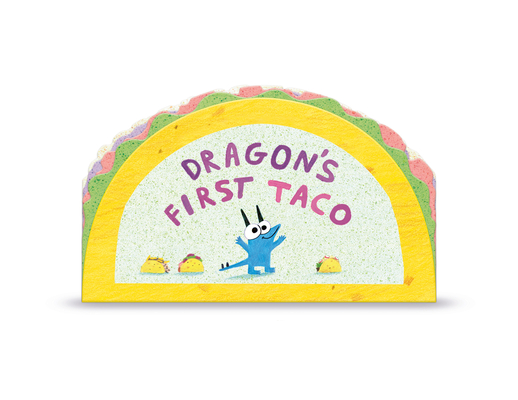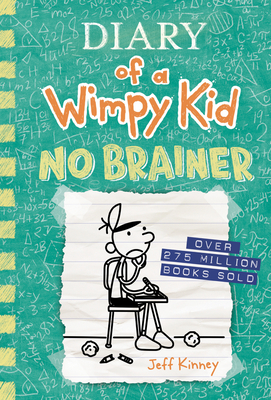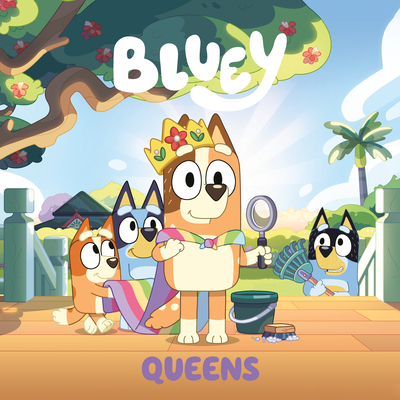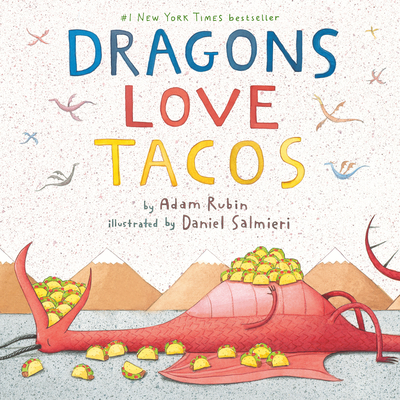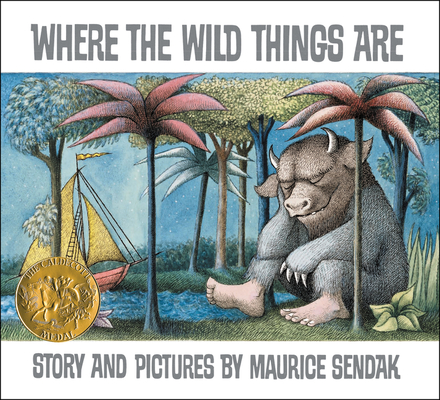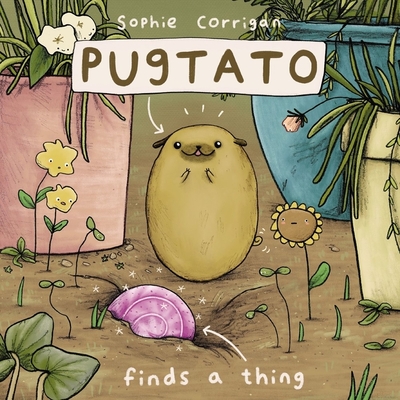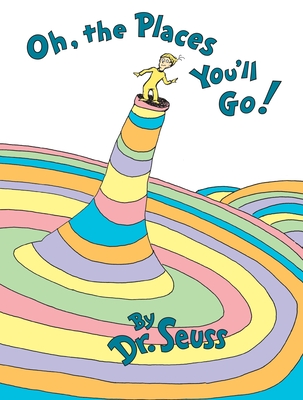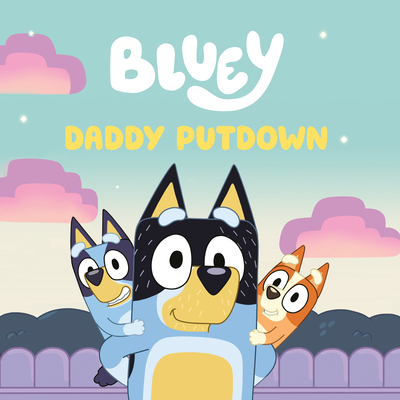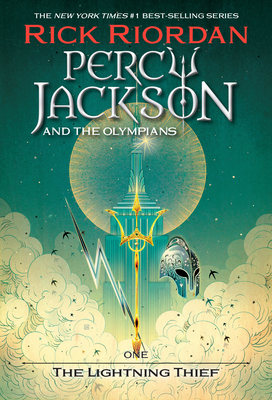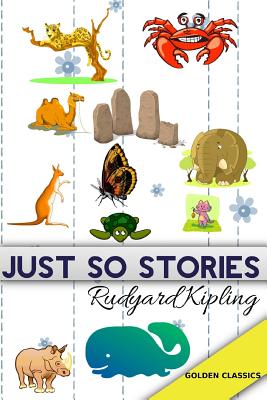
Just So Stories (Golden Classics #71)
Description
Classics for Your Collection:
goo.gl/U80LCr
---------
Just So Stories for Little Children is a 1902 collection of origin stories by the British author Rudyard Kipling. Considered a classic of children's literature, the book is among Kipling's best-known works.
Kipling began working on the book by telling the first three chapters as bedtime stories to his daughter Josephine. These had to be told "just so" (exactly in the words she was used to) or she would complain. The stories describe how one animal or another acquired its most distinctive features, such as how the Leopard got his spots.
The stories have appeared in a variety of adaptations including a musical, and animated films. Evolutionary biologists have noted that what Kipling did in fiction, they have done in reality, providing explanations for the evolutionary development of animal features.
The Just So Stories each tell how a particular animal was modified from an original form to its current form by the acts of man, or some magical being. For example, the Whale has a tiny throat because he swallowed a mariner, who tied a raft inside to block the whale from swallowing other men. The Camel has a hump given to him by a djinn as punishment for the camel's refusing to work (the hump allows the camel to work longer between times of eating). The Leopard's spots were painted by an Ethiopian (after the Ethiopian painted himself black). The Kangaroo gets its powerful hind legs, long tail, and hopping gait after being chased all day by a dingo, sent by a minor god responding to the Kangaroo's request to be made different from all other animals.
The Just So Stories began as bedtime stories told to his daughter "Effie" Josephine, Kipling's firstborn]; when the first three were published in a children's magazine, a year before her death, Kipling explained: "in the evening there were stories meant to put Effie to sleep, and you were not allowed to alter those by one single little word. They had to be told just so; or Effie would wake up and put back the missing sentence. So, at last they came to be like charms, all three of them, -the whale tale, the camel tale, and the rhinoceros tale."
Contents:
How the Whale Got His Throat - why the larger whales eat only small prey.
How the Camel Got His Hump - how the idle camel was punished and given a hump.
How the Rhinoceros Got His Skin - why rhinos have folds in their skin and bad tempers.
How the Leopard Got His Spots - why leopards have spots.
The Elephant's Child - how the elephant's trunk became long.
The Sing-Song of Old Man Kangaroo - how the kangaroo assumed long legs and tail.
The Beginning of the Armadillos - how a hedgehog and tortoise transformed into the first armadillos.
How the First Letter Was Written - introduces the only characters who appear in more than one story: a family of cave-people, called Tegumai Bopsulai (the father), Teshumai Tewindrow (the mother), and Taffimai Metallumai, (the daughter). Explains how Taffimai delivered a picture message to her mother.
How the Alphabet Was Made - Taffimai and her father invent an alphabet.
The Crab That Played with the Sea - explains the ebb and flow of the tides, as well as how the crab changed from a huge animal into a small one.
The Cat That Walked by Himself - the longest story, explains how man domesticated all the wild animals except the cat, which insisted on greater independence.
The Butterfly That Stamped - how Solomon saved the pride of a butterfly, and the Queen of Sheba used this to prevent his wives scolding him.
Scroll Up and Grab Your Copy.

